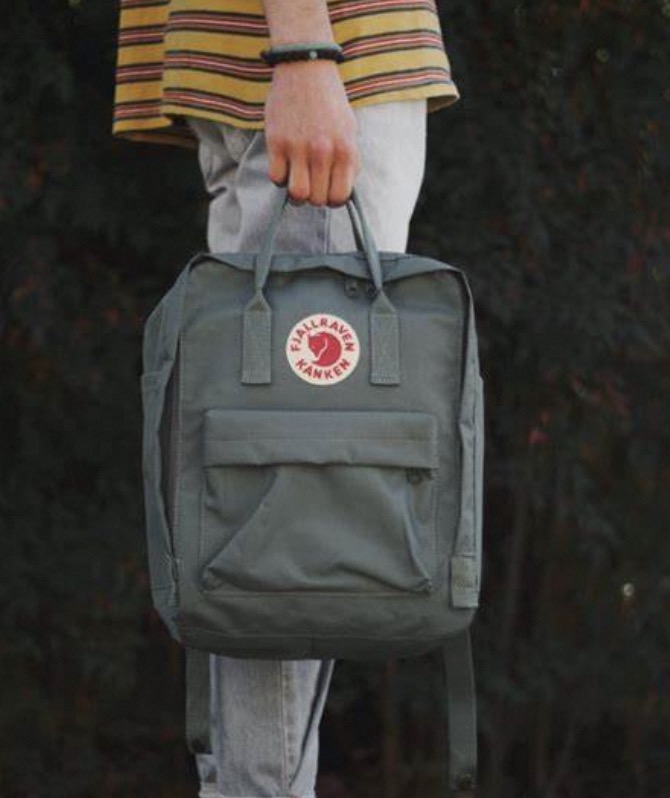
Introduction:
Backpacks often accompany us through daily commutes, outdoor adventures, and travel escapades, becoming repositories for dirt, sweat, and occasional spills. Cleaning them is essential for maintenance and hygiene, but when it comes to drying, many users ask, “Can I put a backpack in the dryer?” This article will delve into professional advice on the subject, looking at the potential risks and recommended practices for drying backpacks.

I. Understanding the Backpack’s Material Composition
Before determining the suitability of a dryer, it’s imperative to understand a backpack‘s materials. Textile experts highlight that most backpacks are made from synthetic fabrics like nylon or polyester, often with protective coatings for water resistance. These materials have different tolerances to heat and agitation compared to natural fibers.
II. Can I Put a Backpack in the Dryer? Manufacturers’ Guidelines
The first step in answering this question is to consult the manufacturer’s care instructions. Product designers and care label consultants stress that these guidelines are based on the specific materials and construction methods used, and not following them can result in damage to the backpack.
III. Potential Risks of Machine Drying Backpacks
Material scientists and laundry professionals outline risks associated with machine drying, such as melting of synthetic fabrics, warping of internal frames, and degradation of waterproof coatings. They caution that high heat and tumbling action can also damage zippers, straps, and other hardware components.
IV. Can I Put a Backpack in the Dryer? Alternative Drying Methods
Given the risks, alternative drying methods are often preferred. Home-care experts recommend air drying as the safest option. They suggest hanging the backpack in a well-ventilated area away from direct sunlight to prevent material breakdown due to UV exposure.
V. Preparing a Backpack for Safe Drying
If machine drying is necessary, preparation is key. Laundry specialists advise removing all items from the backpack, ensuring that all pockets are empty, and fastening all zips and straps to minimize damage. Choosing a low heat setting and using a dryer bag or pillowcase can provide additional protection.
VI. The Role of Dryer Balls and Towels
To reduce the risks when machine drying, household efficiency experts suggest using dryer balls or clean towels. These can help to evenly distribute heat and prevent the backpack from crumpling up, allowing for more uniform drying without direct exposure to harsh conditions.
VII. Monitoring the Drying Process
Constant vigilance is crucial when deciding to use a dryer. Consumer advocates recommend periodic checks throughout the drying cycle to ensure that the backpack is not overheating or becoming misshapen, intervening as necessary to prevent damage.
VIII. Can I Put a Backpack in the Dryer? Expert Opinions on Heat Settings
Professional launderers emphasize the importance of the correct heat setting. If a backpack must be dried in a machine, selecting the lowest heat option and a gentle tumble cycle can mitigate potential damage, while still facilitating the drying process.
IX. Post-Drying Care and Maintenance
After drying, it’s important to inspect the backpack thoroughly. Repair experts suggest looking for any loose threads, compromised seams, or hardware issues. Proper storage and regular care can prolong the life of the backpack, maintaining its functionality and appearance.
X. Conclusion: Best Practices for Drying Backpacks
In conclusion, while it may be tempting to expedite the drying process, the question “Can I put a backpack in the dryer?” is met with caution from professionals. The consensus leans towards air drying as the safest method, with machine drying as a last resort under specific, controlled conditions. By adhering to manufacturer guidelines and employing careful drying practices, backpack owners can ensure their trusty companions are well-cared-for and ready for the next adventure.